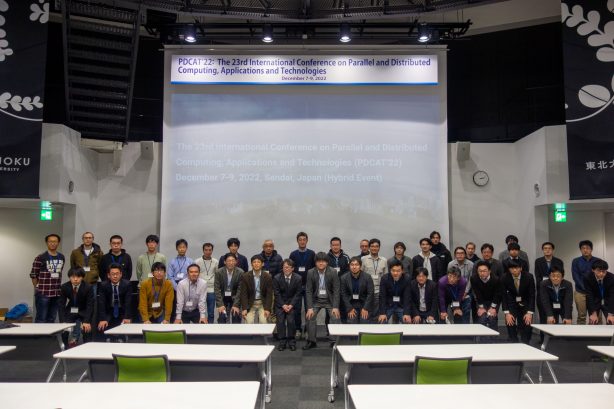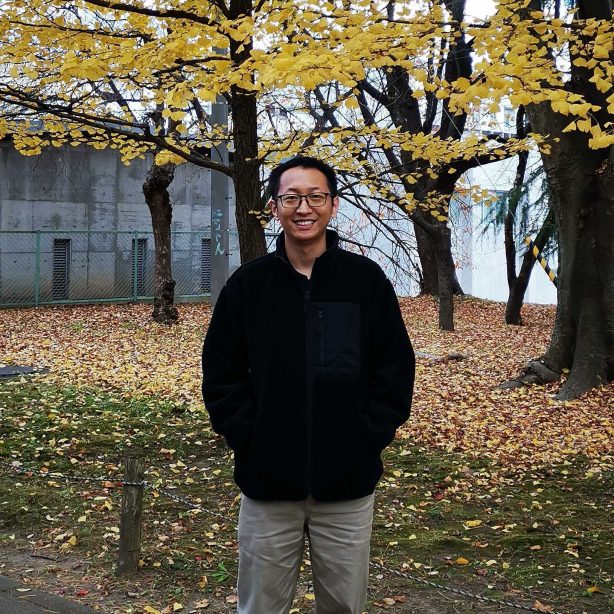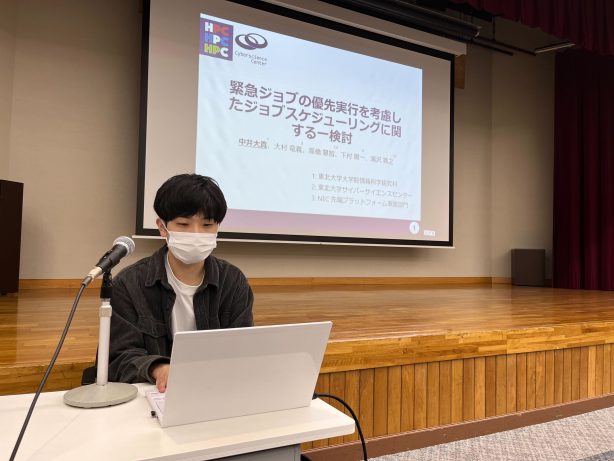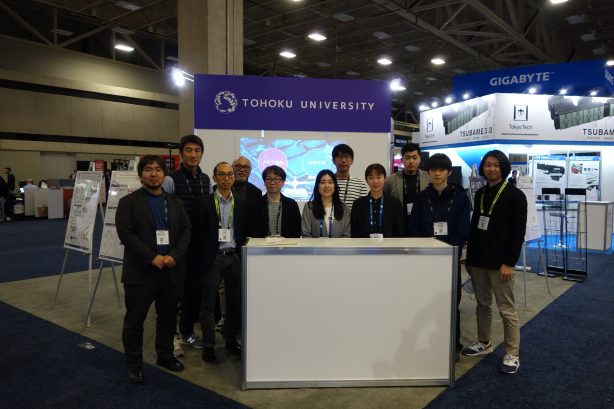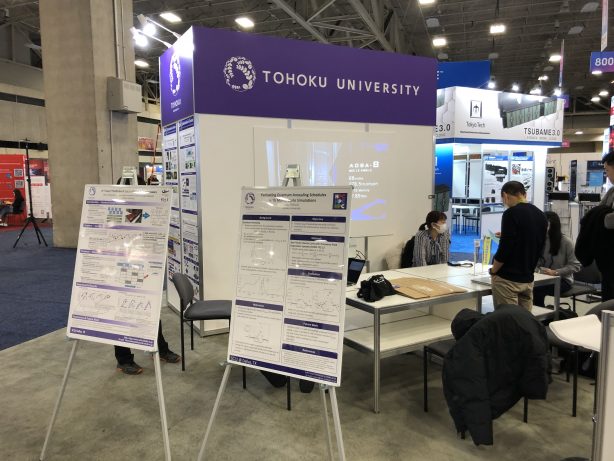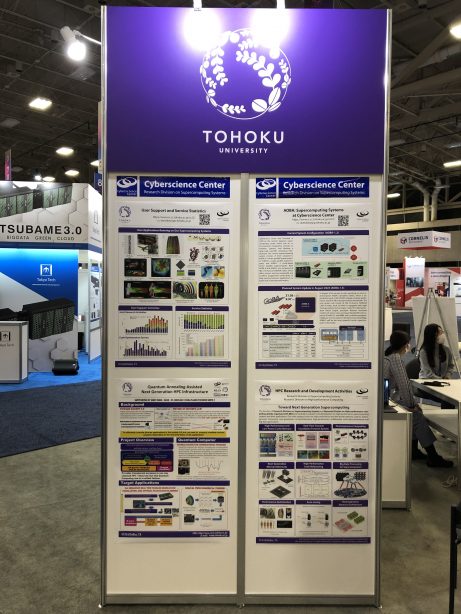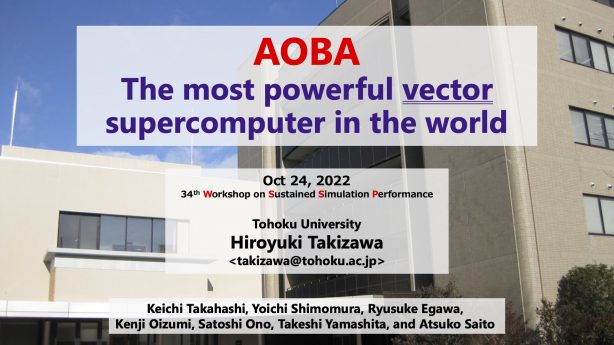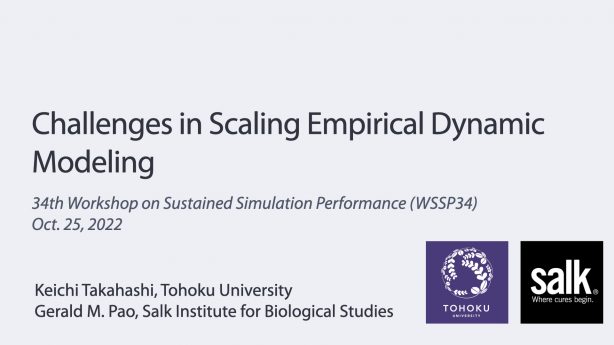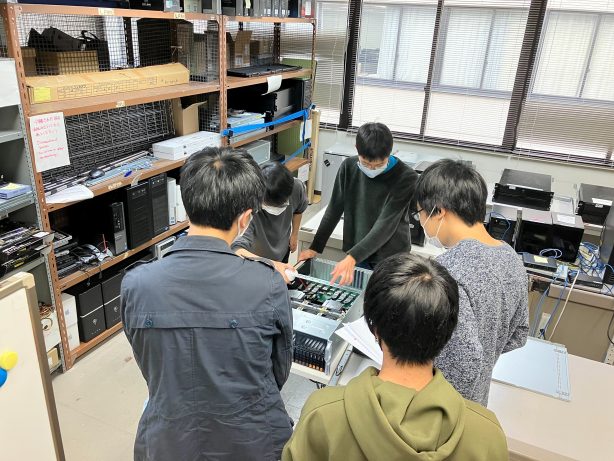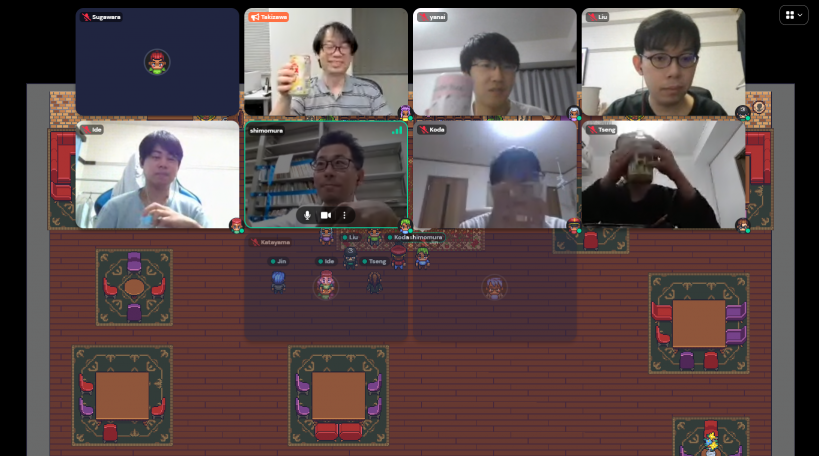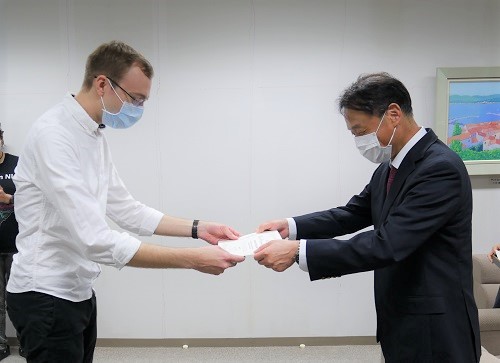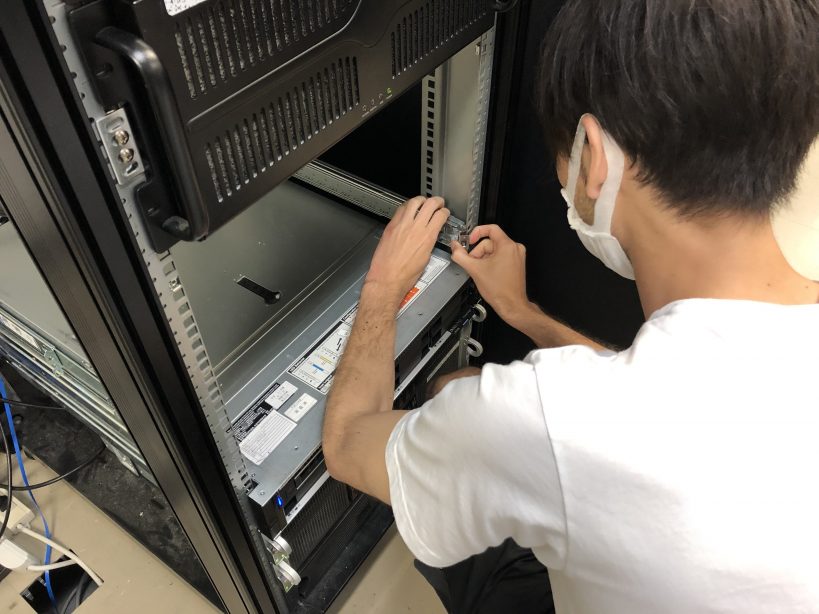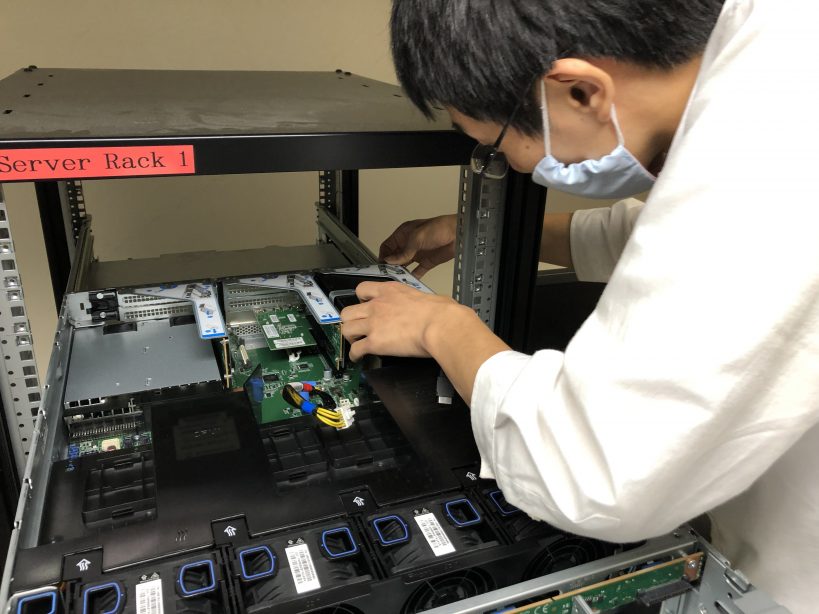Hello, my name is Ide, M2.
I recently attended the international conference PDCAT held from December 7 to 9.
PDCAT is a conference on HPC applications and technologies and has been held in various countries, but the 23rd conference was held in Sendai.
Three members of Takizawa Laboratory presented at the conference. Here are their impressions of the conference.
Jin Yifan: Hello, this is D1 student Jin Yifan.
At PDCAT22, I had the privilege of presenting my research, Towards Priority-Flexible Task Mapping for Heterogeneous Multi-Core NUMA system, as a regular paper.
I received many valuable questions and comments.
I will further improve my existing work based on them.As an audience, I also enjoyed the conference.
The presentations and posters brought by the other participants were very interesting.
They helped me to keep up to date with the latest trends in my field of research.
Sugawara: This was my first conference in a face-to-face format, but I was able to complete my presentation without any major mistakes. I think it was a great experience for me as a student.
Ide: I was quite nervous because I was not used to presenting in English, but I received a lot of advice and opinions, and it was a very valuable experience for me.
I also learned a lot from the presentations and poster sessions by others, listening to a wide range of talks, from fields close to my own research to fields I was not familiar with.
I would like to continue to do my best so that I can further develop my research based on the advice and opinions I received at the conference.
